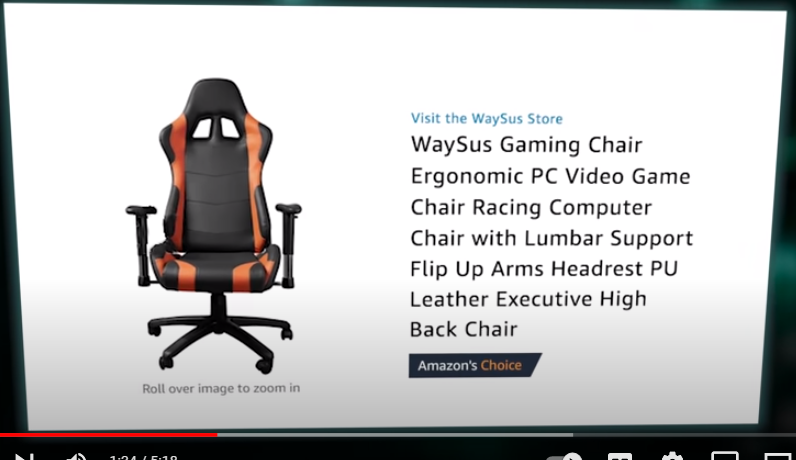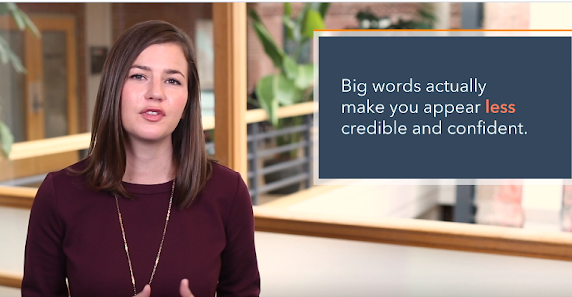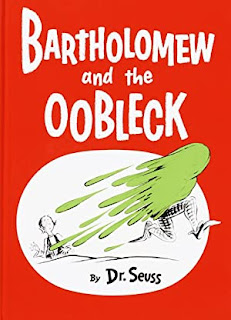| No more boots for Ms. Green and other changes for M&M's candies |
Adidas' topless pics: branding boon or bust?
The brand posted the same photo to its Instagram, though there the breasts have a bit of airbrushing to achieve the digital equivalent of pasties. The overall reaction on the Meta-owned platform was more positive than it was on Twitter, judging from the sentiments expressed in the nearly 3k quote tweets.
It's true that some considered the move liberating. For example, Jezebel applauded the tweet in Adidas Frees the Nipple.
The Barstoolsports blog response corroborates what I thought was the real game here: baring what is usually covered still gets a certain amount of shock value, and that is what the brand is exploiting in presenting the 25 pictures. While the post celebrated achieving marketing goals, the comments in response were not at all the positive if you're after celebrating diversity in women's bodies. It is the inevitability of such reactions that makes some people feel this is not a positive step for women
On its own site, Adidas doesn't show any topless women. In fact, the embedded video (also on YouTube) that explains the problem women have in finding the right fit only shows braless women from the back, where the marks left from bras attest to poor fit.
The braless pictures, on the other hand, are meant to make the very reasonable notion of making sports bras do more than serve as short tank tops into something almost transgressive. It's really not, and Adidas is certainly not the first brand to offer more bra fit choices than the standard 32A to 40D range of sizes.
My guess is the social media manager was told, "Do something to get people's attention," and the person decided this was pushing the envelope. For the "no such thing as bad publicity" school of thought, it's a success. But I believe that the brand did alienate some potential customers here, making it into a branding bust (pun intended) for a consumer brand with a very wide market base.
M&M's misses the mark when aiming for inclusivity
M&M's candies got a makeover in the name of inclusivity. But the public is not impressed. M&M’s announcement about the changes included this video:
The comments are probably not quite what they were expecting, or they would have disabled them to begin with, as I wrote here.
Mars says it’s not just about candy but a larger commitment “to create a world where society is inclusive.” The emphasis on women’s representation is what trickles down to showing the candies that have female identities wearing more sensible shows now than they have in the past.
For example, Ms. Brown’s high heels have been replaced by sensible pumps. Ms. Green’s heeled boots are replaced by comfortable sneakers.
I’m all for comfortable footwear myself and gave up on high heels long ago, though I have to say, I don’t really believe that cartoon renderings designed to sell candies will have a direct impact on female choices. The representations of different types of people could add to the fun consuming candies but they really don’t direct people’s life decisions.
Indeed, that kind of critique was raised even by those who are very much in favor of changing thing. The fact remains that fictionalized progress is no substitute for real progress. Then there's the other camp that is tired of brands' claims they’re saving the world through their products and marketing.
Despite marketers insisting that people want to see their values reflected in brand messaging, claiming too much for a brand makeover can backfire. It’s clear that audiences are not nearly as impressed with the brand message as the brand is with itself, and that’s now a win.
Coke missteps when hopping on the gaming bandwagon
Massively multiplayer online (MMO) are designed to be extremely engaging with life-like characters and details to make up an immersive environment. As I wrote here, they often center around epic battles between species that may be using highly advanced or medieval style weapons.
Coca-Cola brand decided to hope on this hot trend, using an MMO as the backdrop for the commercial it released on September 30, 2021:
Spoiler alert: drinking Coke doesn’t just revive the player; it gives the ross between an Orc and the Hulk character in the game enlightenment. He literally throws down his weapon and grasps the hand of his enemy is a show of solidarity that brings the whole world to the verge of shocked recognition.
Everyone embraces peace and love to fit wit the tagline of “We are one Coke Away from each other.”
Coke
One of the comments on the video is from Kevin Sugrue who explains what the brand gets wrong::
“Lacks insight and understanding of esport gamers. This tries to approriate [sic!] the gaming trend in Coke's pursuit of regaining relevance among a younger audience. You compete in MMO games to help your team triumph over the competition; not to unite the entire world.”
Here Coke tried to plaster its “I’d like to buy the world a Coke and teach it harmony” jingle on a specific form of gamification culture that may just resent the intrusion. Those who are deeply involved in that culture consider it an epic fail for the brand.
On the flip side, we have examples of brands that seized opportunities to endear themselves to the public, as in the case of Audi's response to a loss on Wheel of Fortune.
Related: Mary Poppins' Guide to Gamified Marketing
Visit WriteWayPro.weebly.com Like and follow on Facebook and on LinkedIn


















